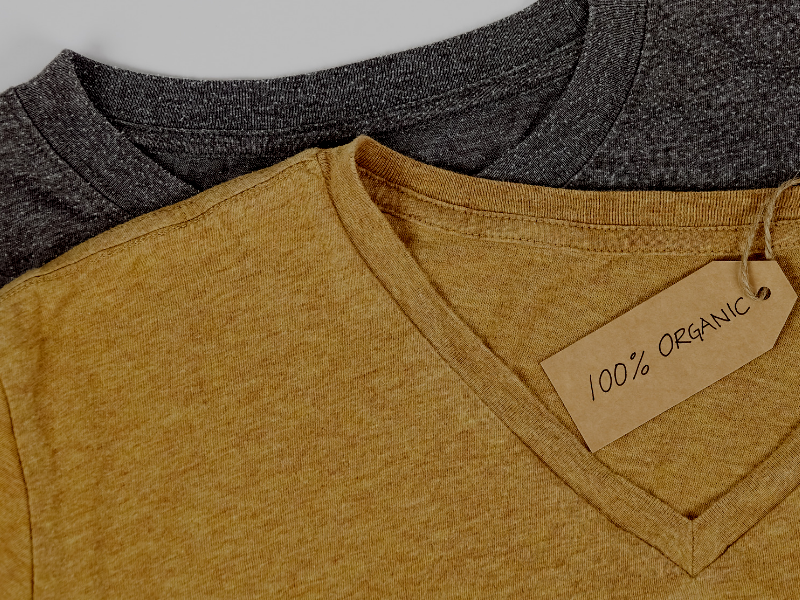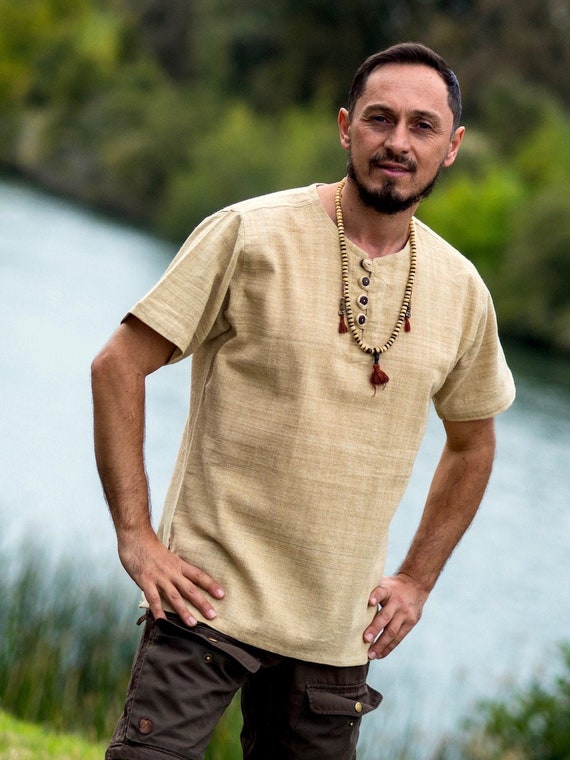Best Ideas For Selecting Hemp Clothes
Wiki Article
What Are The Environmental Benefits Of Low-Impact Hemp Clothing?
The hemp clothing made of low-impact fiber has numerous environmental benefits as compared to clothing made from other materials, including synthetic fibers as well as conventional cotton. Hemp clothing offers a number of key environmental benefits. It is fast growing and requires minimal water, herbicides or pesticides. Hemp can adapt to different soils and thrive in a variety of climates.
Hemp usually uses significantly less water than traditional cotton. Cotton is renowned for using plenty of water. It makes hemp a more water-efficient choice for clothing production.
Hemp is often grown without using synthetic pesticides. Pesticides are not needed. This can help reduce the environmental impacts that come with farming using chemicals.
Soil Health Hemp cultivation can improve soil health because of the deep roots system which can help prevent compaction and erosion of soil. Hemp cultivation also enhances the soil for future crops.
Biodegradability - Hemp fibers biodegrade and decompose naturally over time. This decreases the environmental burden from textile waste. Contrast this with synthetic fibers like polyester can require hundreds of years to decompose.
Lower Carbon Footprint. The process of making hemp fibres is generally less carbon intensive than that of synthetic materials. Hemp is also a carbon sink, as it can absorb CO2 from the atmosphere while expanding.
Durability- Hemp clothing is known for its long-lasting durability and durability. Good quality hemp clothes can last for many years and reduce the need for frequent replacements, and further reduce consumption.
Natural Pest Resistance- Hemp plants have natural resistance to many pests, reducing the necessity for chemical methods to control pests.
Hemp is a versatile material, since it is used in a variety of textiles, such as bags, clothes and other accessories. It's a renewable and fashionable textile.
Regenerative Agriculture: Some sustainable farming practices include hemp into regenerative agriculture systems that seek to enhance and maintain ecosystems and produce crops. This method can have positive environmental impacts.
It is important to remember that while hemp offers several environmental benefits, the overall sustainability of clothing also depends on other factors like the dyeing process, transportation and the way in which consumers behave. As in all industries there could be variations in the methods of production and standards. So, to maximize the environmental benefits, it's best to choose organic or sustainable hemp clothing. View the top more info on hemp clothes for more info including hemp pants, hemp athletic wear, hemp work pants, hemp hoodie, hoodlamb jacket, hemp work pants, hemp bathing suit, patagonia island hemp pants, organic hemp hoodie, hemp garments and more.

How Can Hemp Help The Carbon Sequestration Process And Sustainably?
Hemp fibers are a major contributor to the storage of carbon, sustainability, and crop rotation in a variety. They are an ideal option for agricultural and textile production.
Fast Growth- Hemp is a fast-growing plant that matures within 70-120 days, based on the variety and growth conditions. Hemp plants absorb atmospheric carbon dioxide (CO2) during their rapid growth phase as part of photosynthesis. The process of carbon absorption is able to dramatically reduce CO2 levels by sequestering it.
Hemp produces a lot of biomass. The plant's tall stalks as well as dense foliage create a substantial quantity of organic matter. If this biomass is used in the soil for a variety of purposes, it can assist in increasing the quantity of organic carbon.
Sustainability:
Hemp is grown using less chemical use than cotton and other crops. Its natural resistance reduces its need for chemical interventions. Organic hemp farming, particularly promotes sustainable farming by avoiding synthetic chemicals.
Hemp can be watered with little water, unlike water-intensive plants like conventional cotton. This makes it more feasible in areas that are water-deficient.
Hemp's deep roots are able to improve the soil's health. Its roots help prevent soil erosion by stabilizing soil's structure and reducing runoff. Hemp cultivation also improves the activity of soil microbial organisms, promoting nutrient cycling and overall soil fertility.
Hemp can be used in the rotation of crops. Crop rotation involves the alternation of various crops within one field. This is a fantastic way to break pest-disease cycles as well as improve soil quality and reduce soil depletion. Hemp's role in rotational farming helps to sustain agricultural practices.
Crop Rotation
Hemp is a versatile crop that can be utilized in combination with vegetables, grains, and legumes. This diversity will help to maintain soil health. It also lowers the risk of attracting pests and diseases that are particular to crops, and help promote a an appropriate nutrition cycle.
The deep roots of hemp can penetrate soil to aerate and reduce compaction while also increasing water infiltration. The improved soil structure is an advantage for crops that follow following hemp.
In the end, hemp fibers increase carbon storage, sustainability, and cultivation practices because of their rapid expansion and production of biomass. They also require minimal chemicals, make efficient utilization of water, and are compatible with crop rotation systems. The hemp fibers produced by this environmentally sustainable and regenerative farming technique are a great option for making textiles. Have a look at the most popular hemp clothing for site recommendations including organic hemp underwear, hemp textiles, mens hemp trousers, hemp textiles, nomad hemp wear, hemp shorts mens, hemp clothing womens, afends jesse dress, hemp yoga clothes, hemp denim and more.

What Are Some Advantages Of Bamboo Clothing To The Environment And For Comfort?
Bamboo clothing has many advantages in terms of comfort and the environment. Comfort-
The softness of bamboo fabrics is popular for their extraordinary softness. It has a silky, smooth texture that is comfortable against your skin. Bamboo clothing is luxuriously smooth, which is why it's a popular option for intimate apparel.
Bamboo fibers breathe well and are able to absorb moisture. Micro-gaps in bamboo allow air circulation and help keep your body cool. Moisture wicking assists in drawing sweat away from the skin.
Bamboo clothing has great thermoregulatory characteristics. Bamboo clothing helps keep your body warm in colder temperatures, by trapping warmth near your body. It also allows you to stay cool during hot temperatures because it lets excessive heat and moisture to escape. The ability to adapt to temperature fluctuations can make bamboo clothing suitable for wearing all year.
Hypoallergenic- Bamboo is hypoallergenic by nature, and it is gentle on sensitive skin. It is less likely to cause allergies or irritation. This makes it a suitable option for those with skin sensitivities or allergies.
Bamboo fibers are resistant to odors because of their antimicrobial properties. This characteristic contributes towards the freshness and ease of wearing bamboo clothing even during exercising.
Environment-
Sustainability- Bamboo is a highly durable and sustainable resource. Bamboo is one of the fastest growing plants on the planet. It requires very little water and doesn't require pesticides or herbicides to cultivate. Bamboo is harvested, and the plant will re-grow by regrowing its roots.
Bamboo is water efficient due to nature. It can grow with little irrigation and is usually planted with rainwater only. This helps reduce the negative environmental impact of water consumption in agriculture.
Biodegradability. Bamboo clothing will naturally decompose as time passes if it is it is disposed. This feature reduces the accumulation of textile waste that is not biodegradable in landfills.
Carbon Sequestration Bamboo plants can absorb carbon dioxide (CO2) when they grow rapidly. Bamboo farming reduces greenhouse gas emissions and serve as a carbon source.
Chemical Reduction - The production and processing of bamboo fabrics generally requires less chemicals than some other textiles. This reduces the impact on the environment that textile manufacturing produces.
Closed-Loop Production- Certain bamboo fabric production processes use closed loop systems, which recycle and reuse water as well as chemicals, thus reducing the amount of waste and pollution.
It is important to keep in mind that the environmental impact of a garment can vary depending upon the manufacturing process used, as well as whether or not the bamboo used was sourced from sustainably managed and ethically controlled bamboo forests. Bamboo clothing that is produced using environmentally friendly practices will give the most environmental benefits. See the top bamboo clothes recommendations for more examples including bamboo tee shirts women, bamboo childrens clothing, bamboo leggings, bamboo clothing underwear, boody clothing, bamboo sun hoody, checkered bamboo pajamas, bamboo material clothing, bamboo pajama pants, bamboo polo shirts and more.
